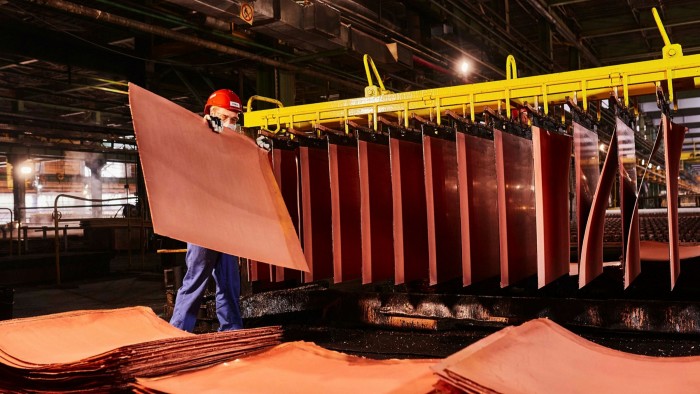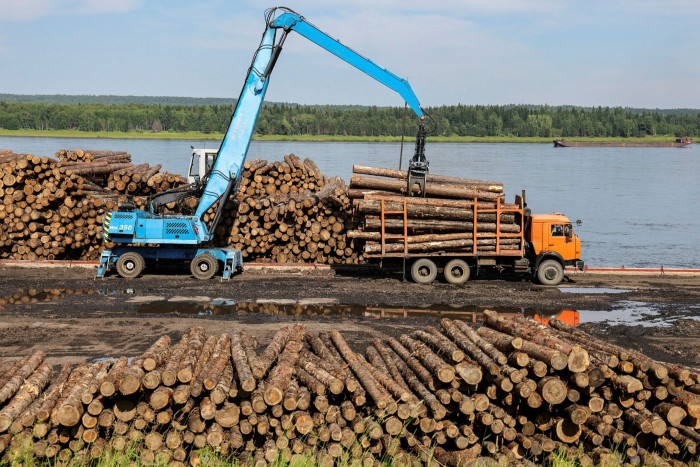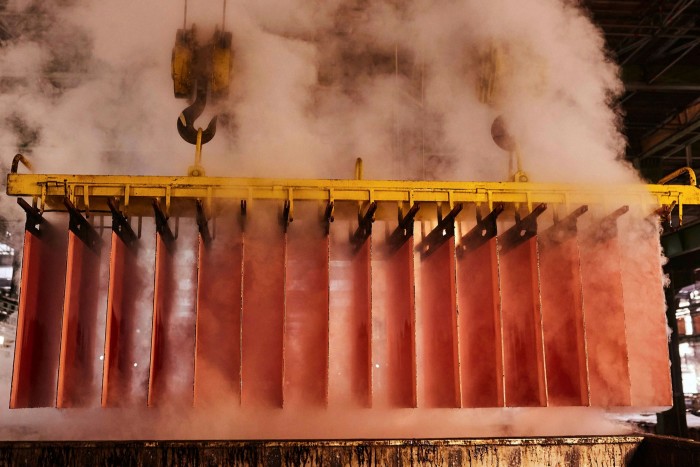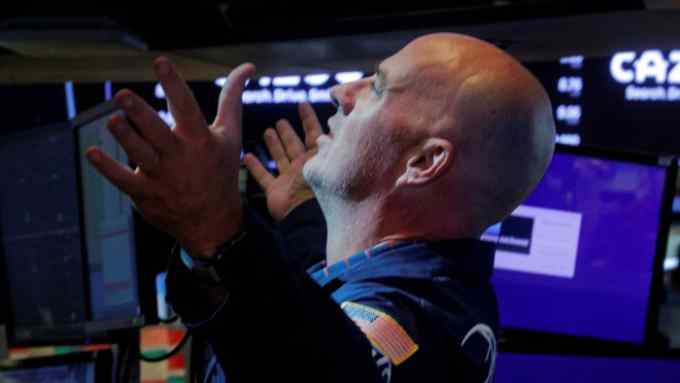Commodity traders ponder next move in ‘supercycle’ debate

Simply sign up to the Exchange traded funds myFT Digest -- delivered directly to your inbox.
Interested in ETFs?
Visit our ETF Hub for investor news and education, market updates and analysis and easy-to-use tools to help you select the right ETFs.
Commodity prices have surged higher as economies around the world have begun to recover from a crisis caused by the coronavirus pandemic.
Brent crude, for example, the international oil benchmark, has risen almost 40 per cent since the beginning of January while copper, iron ore, palladium and timber have all hit record highs this year. Key agricultural commodities including grains, oilseeds, sugar and dairy have also seen prices jump — and, with them, the prices of related exchange traded funds.
WisdomTree’s $300m Enhanced Commodities Ucits ETF has delivered a 27.2 per cent return in the year to July, according to the company.
But, despite such gains, investors who have profited from the recent boom must now judge whether it is a temporary bounceback from profound market shock or if commodity markets have begun a new “supercycle”, where prices remain sustained at elevated levels for years.
Such a phenomenon accompanied the emergence of the US as an economic powerhouse in the 1880s and, more recently, China’s rapid industrialisation in the early 2000s.
Proponents of a new commodity supercycle note that huge investments are urgently required to decarbonise industrial societies if the world is to avoid catastrophic damage from climate change.

Building the infrastructure to help decarbonise energy supply will support demand for copper, cobalt, lithium and nickel. At the same time, supplies of agricultural commodities from existing sources will face a growing threat of disruption from climate change and growing populations.
Exchange traded funds and products that track the prices of key commodities provide an increasingly popular route for institutional and retail investors on both side of the supercycle debate to act on their instincts.
Assets invested globally in commodity ETP trackers stood at $226.5bn at the end of July, according to ETFGI, a London-based consultancy.
Broad commodity ETPs, which provide exposure to a diversified basket of commodities, have seen an increase in investor demand, with net inflows of $4.2bn in the first seven months of this year, compared with the outflows of $298m over the whole of 2020.
“Investors have been turning to broad commodity ETPs as a play on the recovery in the global economy, the clean energy transition, and as a hedge against inflation,” says Mobeen Tahir, an associate director at WisdomTree, the US asset manager.
ETPs that provide narrower exposure to industrial metals, such as copper and aluminium, have also seen more interest from investors. Inflows so far in 2021 reached just over $1bn, up from just $316m over the whole of last year when activity levels were suppressed by the pandemic.

Although metal production accounts for 11 per cent of global carbon emissions, “the drive to a greener economy is clearly playing a role in the rally in metals prices that we are now observing,” says Alexander Stoyanov, chief executive of Global Palladium Fund, the commodity ETP provider backed by Russian mining company Norilsk Nickel.
Chris Mellor, head of ETF equity and commodity product management in Europe at Invesco, agrees that a drive to reduce carbon emissions can, paradoxically, help reinforce the case for metals funds.
“Energy infrastructure is creaking in some parts of the world,” he says. “The Intergovernmental Panel on Climate Change’s assessment makes it clear just how much needs to be done to decarbonise economic activity and to build new clean energy systems.”
But energy ETPs — typically linked to crude oil futures and other energy derivative contracts — have suffer outflows so far this year of $6.1bn, reversing most of the inflows of $8.3bn gathered over 2020. “We saw large inflows into energy ETPs last year when crude prices crashed and a pullback by investors in 2021 following the price rally,” says Tahir at Wisdom Tree.
Gold ETPs have also seen significant withdrawals this year with outflows reaching $6.1bn by the end of July, in contrast to last year when inflows reached $48.7bn, according to the World Gold Council, the trade body representing miners.
Suki Cooper, a precious metals analyst at Standard Chartered in New York, says that the reversal in gold ETF flows reflected the shift in investor sentiment about economic impact of coronavirus.
“There was a shift away from gold as a safe haven as towards metals such as platinum, silver and copper that are positioned to benefit from decarbonisation, renewables and electrification of vehicles,” she says.
Twice weekly newsletter
Energy is the world’s indispensable business and Energy Source is its newsletter. Every Tuesday and Thursday, direct to your inbox, Energy Source brings you essential news, forward-thinking analysis and insider intelligence. Sign up here.

Comments